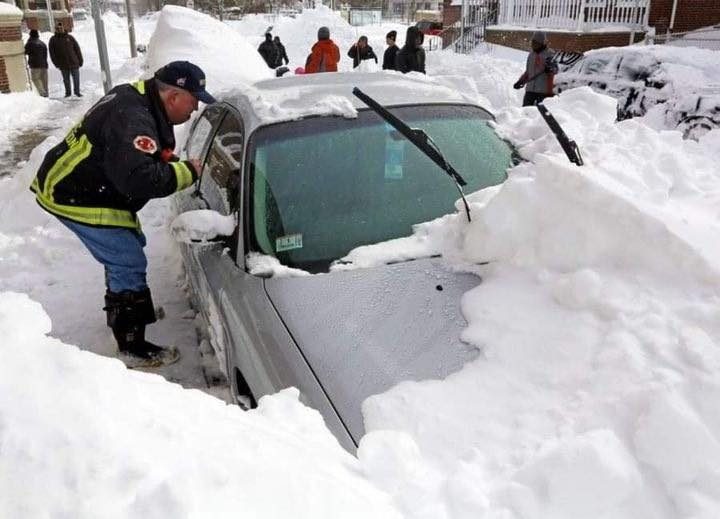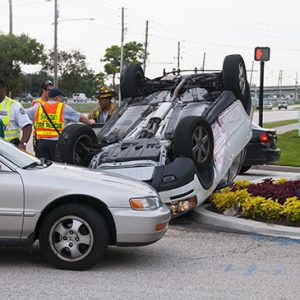He was in the car with his wife and two kids, but he started getting out to shovel snow off the front of the car.
Although horrific, the death of a Passaic mom and her two young children could have been prevented. The mother and her children most likely died from carbon monoxide poisoning while trying to stay warm inside a parked car with its engine still running.
This incident highlights the importance of taking precautions to avert
The spouse of Sashalynn Rosa made an ineffectual attempt to clear the snow from the area around them. Sashalynn, her son Messiah, and her 3-year-old daughter Saniyah were all fatally affected by the carbon monoxide that had already filled the vehicle.

Governor Christie signed legislation mandating the government to include carbon monoxide threats in its driving training and testing manuals as a result of a recent carbon monoxide accident in which numerous people gave money to a funeral website. Advocates for road safety, however, hold a variety of opinions about the concept.
“Anything that increases awareness of a deadly issue like this is a great step,” according to Fennel, the executive director of the Philadelphia-based group Kids & Cars, which promotes road safety.
“But how do you teach someone to remember to turn the automobile off?” More than anyone else, Fennel is aware of how ignorance and carelessness contributed to the deadly toll that carbon monoxide poisoning has on vehicles.
Since 2000, 30 fatalities and 15 major illnesses have been attributed to clogged tailpipes. Fennel’s research, however, concentrates on a somewhat more recent phenomenon: push-button keyless ignition, which has resulted in 45 serious illnesses and 20 fatalities since its introduction in 2003.

Today, almost all cars have button-activated engines that start and stop. Because of this technology, car keys are practically no longer necessary. Due to eliminating the need to carry extra weight, automotive key chains are now a thing of the past. Today’s engines are so quiet that it’s simple to forget that parked cars are still running, according to Fennel.
Colorless, tasteless, and odorless describe carbon monoxide gas. It replaces oxygen in the body’s vital red blood cells when breathed in. It can simply and undetectably enter adjacent rooms in a house or apartment building.
Its effects can include persistent tissue damage, long-term disability, and even death. Many others have learned this, including a New York couple in 2009, a college professor in North Carolina in 2012, and a Florida grandmother in 2013.
There have been reports of carbon monoxide poisoning in New Jersey, where two people died in a car in Hackensack in March. In three separate occurrences in February 2003, three men perished under Paterson in similar circumstances. Although no keyless ignitions were used in many cases, tailpipes were implicated.

The Baltimore Mayo Clinic provides a number of preventative measures.
All sleeping areas should have carbon monoxide detectors, and the batteries should be changed twice a year. Before starting the car, always open the garage door and never leave it running.
Keep all engines and equipment that burn gasoline thoroughly ventilated. Never operate a generator in the basement or garage, and never use gas stoves or ovens to heat your house.
Although some modern cars have auditory systems that warn drivers when they neglect to press the off button, they don’t reach the recommended 85 decibels set by the National Highway Traffic Safety Administration.
The fact that many of the victims were senior retirees with hearing difficulties has been brought up by many readers.

Tragically, it’s possible that they were unable to hear the warnings over the sound of the automatic garage door closing. People of all ages may struggle to listen to the warnings, even with good hearing.
Do drivers pay attention to the warning lights on their cars? We tend to dismiss ignition warning tones because they are so ingrained in today’s beeps, rings, and chirps from phones and cars, as one Upper Saddle River reader put it.
Keyless cars pose a safety risk, the National Highway Traffic Safety Administration has warned, but no new regulations have been implemented.
The idea of turning the engine off as soon as the driver exits the vehicle has been floated, but authorities have been discouraged by the problem of how to enforce it.






